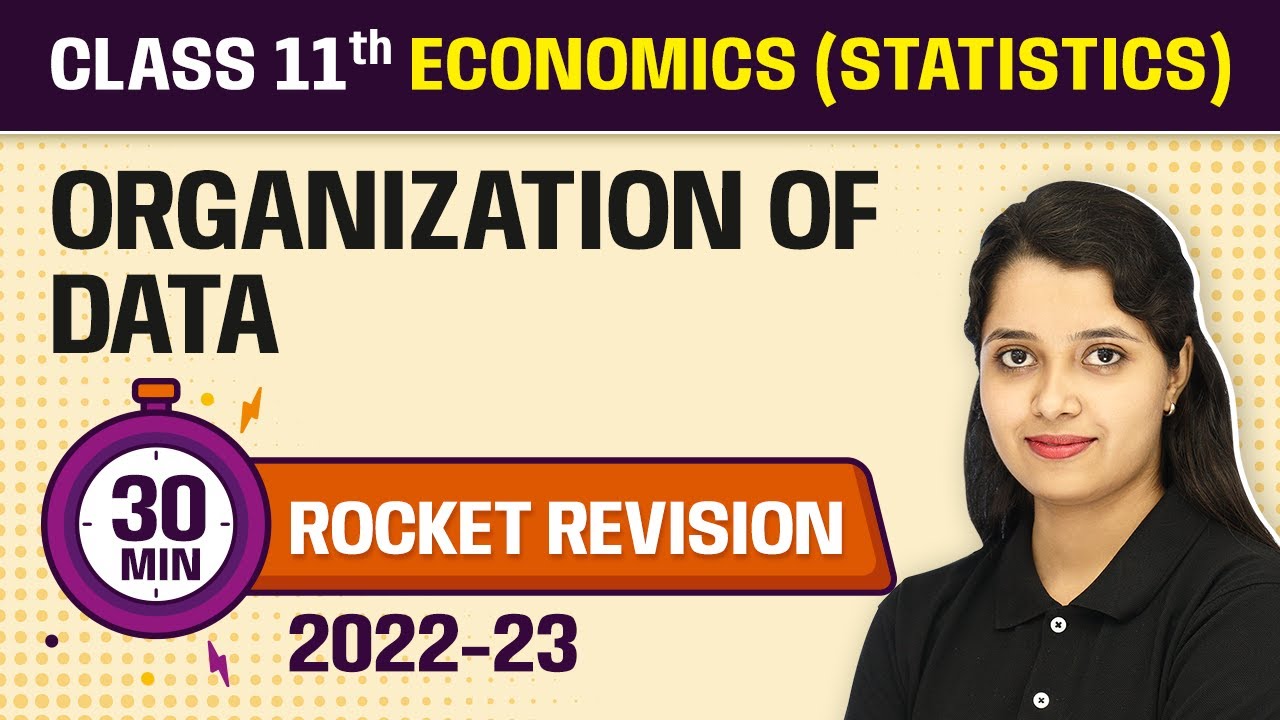Week 2 Lecture 6 - Statistical Decision Theory - Classification
Summary
TLDRThis educational module delves into classification problems where the output variable is discrete. It introduces the concept of a loss function, particularly the 0-1 loss function, for evaluating classification errors. The script discusses the expected prediction error and the use of the k-nearest neighbor classifier for estimating probabilities and making predictions. It also touches on the application of linear regression to classification by encoding class labels numerically and using regression output to infer probabilities, offering a unified perspective on supervised learning.
Takeaways
- 📚 The module discusses classification problems where the output variable comes from a discrete space, unlike regression where the output is continuous.
- 🔍 The script introduces the concept of a joint distribution between the input (denoted as x from a space RP) and the discrete output (denoted as G from a space G).
- 📈 The training data is presented as pairs of input and output, aiming to learn a function f(x) that maps from the input space to the discrete output space.
- 🧩 The loss function for classification is a k by k matrix, where k is the number of classes, with zeros on the diagonal representing the cost of correct classification and non-zero for misclassification.
- 🔑 The 0-1 loss function is highlighted as a popular choice, where misclassification incurs a penalty of one, regardless of the class, and correct classification incurs no penalty.
- 📝 The expected prediction error of the classifier is discussed, emphasizing the need for discrete distribution handling due to the finite number of possible outputs.
- 🎯 The Bayes optimal classifier is introduced, which assigns the output with the highest probability given the input, minimizing the expected error.
- 🤖 The k-nearest neighbors (KNN) classifier is explained as a method for estimating class probabilities by majority vote within the k-nearest neighbors of a given data point.
- 📊 Linear regression can be adapted for classification by encoding the classes numerically and treating the regression output as an estimate of the probability of the class.
- 🚫 Caveats of using KNN, such as the need for large k and n values for stable estimates, and the challenges in high-dimensional spaces, are mentioned.
- 🔮 The script concludes with a unifying formulation for classification and regression problems, setting the stage for deeper exploration of these methods in subsequent classes.
Q & A
What is the main focus of the module discussed in the script?
-The module focuses on the classification problem where the output variable is discrete, meaning it comes from a finite set of possible outcomes.
What is the difference between the input space and the output space in the context of this script?
-The input space is a P-dimensional space denoted by RP, which is continuous, while the output space, denoted by G, is discrete and consists of a finite set of outcomes.
What is a loss function and why is it important in classification problems?
-A loss function measures the difference between the predicted and actual values. It's important in classification problems to quantify the error of predictions and guide the learning process.
Why can't squared error be used as a loss function for discrete outputs?
-Squared error is typically used for continuous outputs. For discrete outputs, it's not suitable because it can produce negative values, which don't make sense in a classification context.
What is the 0-1 loss function and how does it work?
-The 0-1 loss function is a popular loss function for classification problems. It assigns a penalty of zero for correct classifications and one for incorrect classifications, regardless of which class was predicted incorrectly.
What is the purpose of the loss matrix in the context of the script?
-The loss matrix is a k by k matrix where k is the number of classes. It defines the cost of classifying an output as a different class, with zeros on the diagonal indicating no cost for correct classifications.
How does the expected prediction error relate to the loss function in classification?
-The expected prediction error is the average loss over all possible outcomes, weighted by their probabilities. It's used to evaluate the performance of a classification model.
What is the Bayes optimal classifier and how does it determine the predicted class?
-The Bayes optimal classifier is a theoretical classifier that makes the minimum possible error for a given probability model. It determines the predicted class by selecting the class with the highest probability given the input.
How can k-nearest neighbors be used for estimating class probabilities in classification?
-In k-nearest neighbors, the class probabilities are estimated by looking at the k nearest neighbors of a data point, counting the occurrences of each class label, and selecting the class label that occurs most frequently.
Can linear regression be adapted for classification problems? If so, how?
-Yes, linear regression can be adapted for classification by encoding the class labels as 0 and 1, treating the problem as a regression task, and then using the output to determine the class based on a threshold, typically 0.5.
What are some considerations when using k-nearest neighbors as a classifier?
-When using k-nearest neighbors, one must be cautious about its use in high-dimensional spaces and ensure that k and the sample size n are large enough to provide stable estimates. It's also a powerful classifier in practice, despite these considerations.
Outlines

此内容仅限付费用户访问。 请升级后访问。
立即升级Mindmap

此内容仅限付费用户访问。 请升级后访问。
立即升级Keywords

此内容仅限付费用户访问。 请升级后访问。
立即升级Highlights

此内容仅限付费用户访问。 请升级后访问。
立即升级Transcripts

此内容仅限付费用户访问。 请升级后访问。
立即升级浏览更多相关视频

Week 3 Lecture 13 Principal Components Regression

Lecture 1.6 | well defined learning problems | Machine Learning Techniques | #aktu #mlt #unit1 #ml

Organization Of Data 30 Minutes Revision | Class 11 Economics (Statistics) Chapter 3

Discrete Mathematics for Computer Science

Classification of Research design (3 types) Exploratory, Descriptive, casual research

Constant Current Regulator using LM317 | CCR | LM317 as a current regulator
5.0 / 5 (0 votes)
